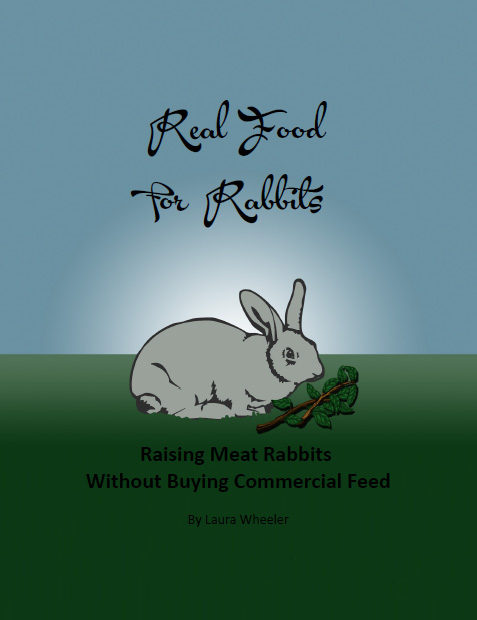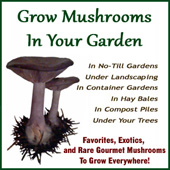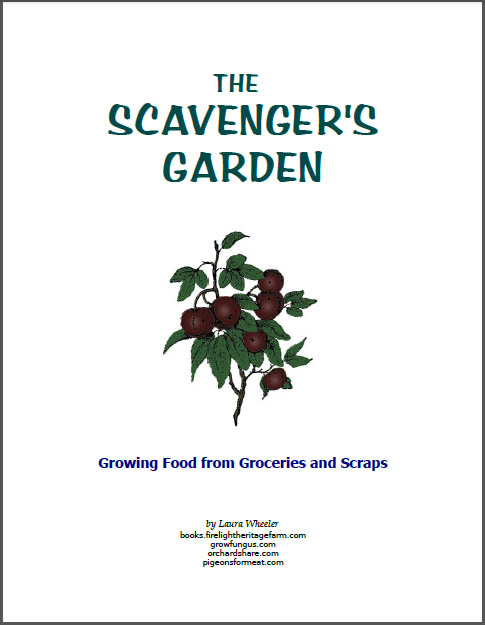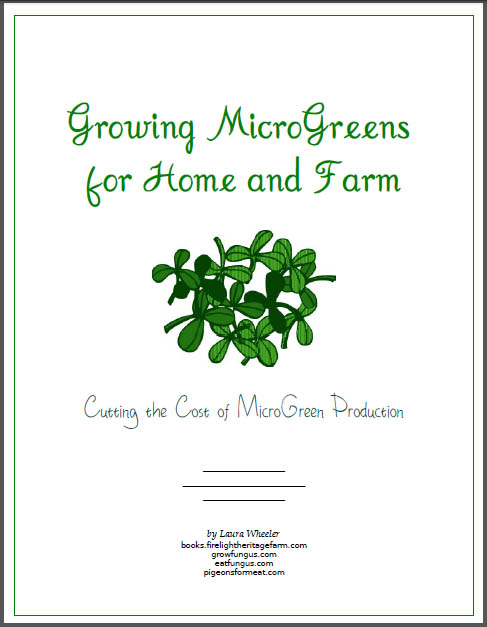 Click to Download Your Free Heritage Pickling and Culturing e-Book Now!
Click to Download Your Free Heritage Pickling and Culturing e-Book Now!
Instant Download, NO Registration Required!
Grow an Easy Garden
"Come and stay with me this spring." she said. She is a busy mother of six children. "It is just too much work to do without help. We won't do it if you don't help us."
I wrote her an email, telling her about what I'm going to tell you here today. She wrote back and said, "I think I can do that!".
Gardening can seem overwhelming. There's tomatoes, and cucumbers and potatoes, and herbs, and onions and garlic and squash, and cabbage and broccoli and corn and lettuce, and carrots and spinach, and that doesn't even get started with things like kale and turnips and parsnips and asparagus and rhubarb and all those things that you want to grow someday.
By the time you plan the garden with all you want, it is at least 20 X 25 ft, and you haven't even grabbed the shovel yet!
A large and varied garden that you will neglect and feel burdened by is not required! Just grow what you can! If you are in a state of overwhelm, but feel you NEED to garden, just to see some green things growing, or just to take another stab at a bit of independence, then scale it down. Just do a few things.
Choose based on three criteria:
- Choose crops that grow really well where you live. Pick the easy stuff.
- From that, select the things that YOU LOVE MOST FRESH, or that you can't really get fresh in your area. Things like tomatoes that just NEVER taste as good as they do fresh from the garden. Pick what matters most to you.
- Select things that produce a lot in a little space. Grow spinach for salads, but not for cooking. Don't grow corn unless you want to carve up a lot of ground. Peas don't produce much for the space they require. So choose crops that will give you enough back from just a few square feet of ground.
A no-till garden is easiest. 3X3 ft, or 4X4 ft planting blocks are easiest to tend, though we often do long beds instead - 3X8 ft or so.
Block planting allows you to fit more into a small space, so you prepare less area, and it makes tending the garden easier - fewer weeds and better moisture conservation.
If you are doing containers, then do just a few - large containers can hold multiple plants. Make sure you top the soil with some good deep mulch (sawdust, or something) so that it reduces the amount of watering you need to do. Put some topsoil in the pots (buy it if you don't have it - DON'T buy potting mix, it costs more and never produces vegetables worth eating) - about half full of topsoil. Then 1/4 compost, then 1/4 mulch. Plant in that, and things will grow as long as you water them. 4 - 12 inch containers can produce a tomato plant, a cucumber plant, a lot of lettuce, and 3 small cabbages or broccoli plants. And you can put more leaf lettuce around the big plants, because you can harvest it before the big plants get too big.
Scale your garden back to your energy levels. It is better to have a SUCCESSFUL garden that does not produce as much as you'd really like than it is to have a garden that is so big that you give up on it and it stops bearing before fall, or which overwhelms you in the fall so that food goes to waste in the garden because you can't keep up with it.
Keep it easy. Keep it small. And keep it simple.
There is nothing wrong with doing a small garden, and nothing wrong with just a few things. There can be a great deal that is RIGHT about doing it that way.
Do what you can, and ENJOY it.








